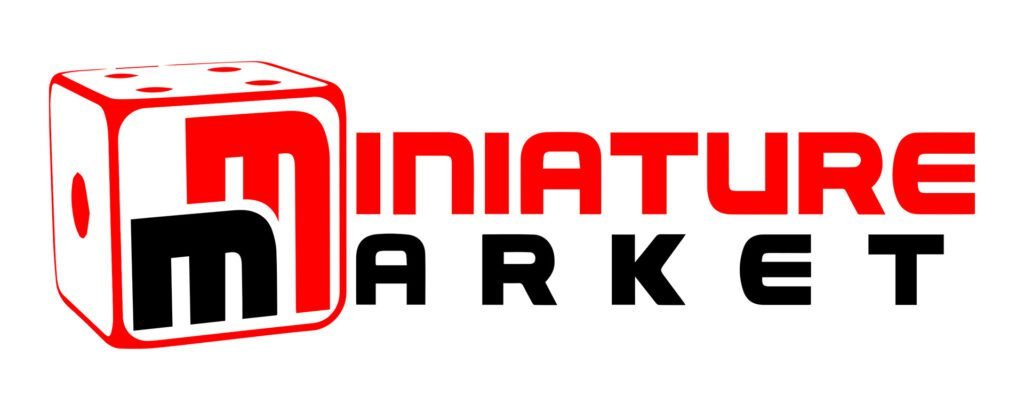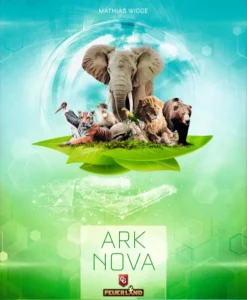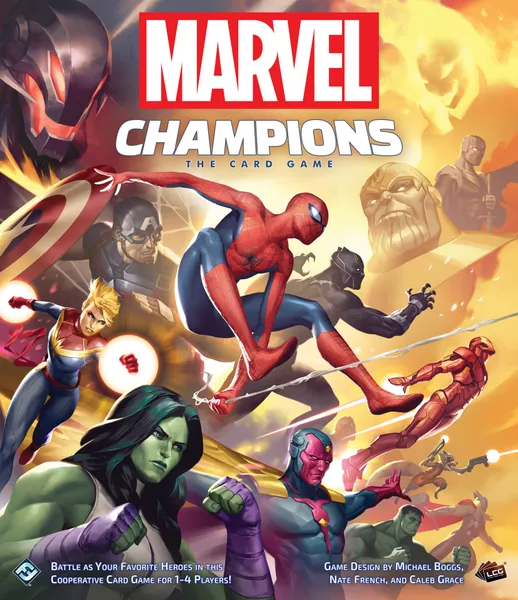
Today we’re diving into Marvel Champions LCG. This cooperative living card game (LCG) from Fantasy Flight Games is designed by Caleb Grace & Michael Boggs, & brings the iconic Marvel universe to life. Whether you’re a die-hard comic book fan or just looking for a solid cooperative experience, Marvel Champions has plenty to offer. So, let’s break it down – what it is, what’s good, what’s bad, & whether you should pick it up. Let’s get into it!
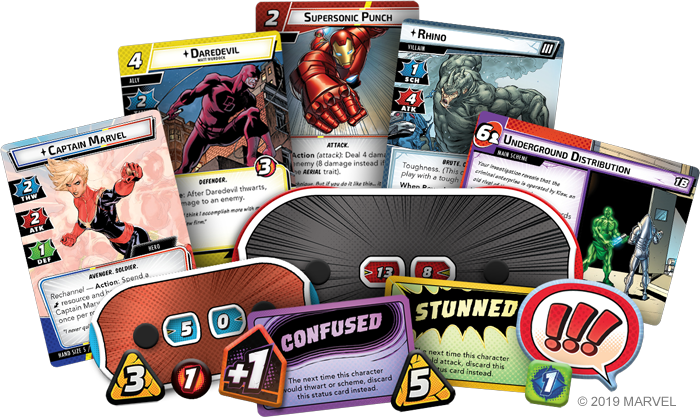
Check Out These Recent Board Game Sales
- Board Game Sale: Disney Villainous 25% Off!
- Board Game Sale: Marvel: Crisis Protocol Core Set 30% Off!
- Board Game Sale: 7 Wonders Available for 17% Off!
What It Is
Marvel Champions is a cooperative LCG where players take on the roles of legendary Marvel heroes, banding together to thwart notorious villains from completing their evil schemes. The core set features heroes like Iron Man, Spider-Man, Captain Marvel, Black Panther, & She-Hulk, each with their own unique deck of cards reflecting their abilities, equipment, & allies.
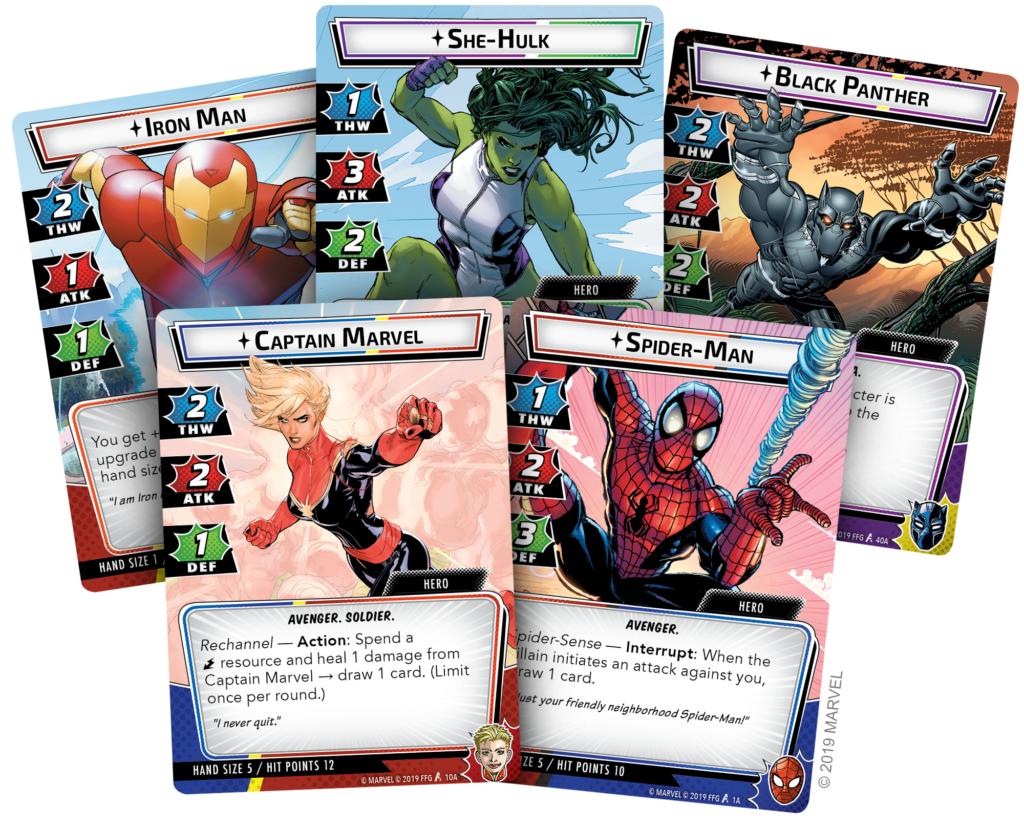
The game is built around deck construction & resource management, requiring players to balance between using their superhero powers & conserving cards for future turns. The gameplay shines through its decision-making, as you must choose when to act as your hero or switch to your alter-ego form for recovery. It’s a constant push-and-pull between offense, defense, & preparation.
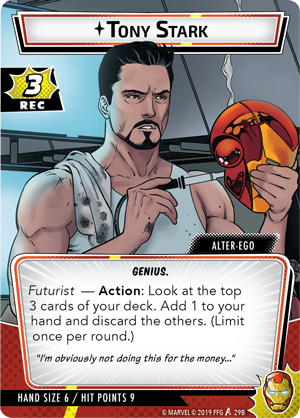
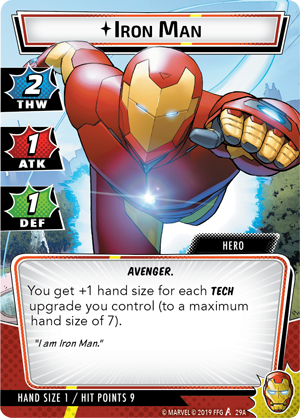
If that wasn’t enough, the game regularly introduces new expansions that feature additional heroes, villains, & scenarios, giving it endless replayability. Whether you’re playing solo or with friends, Marvel Champions offers a thrilling, immersive card game experience.
Gameplay Overview
On a player’s turn, they can perform actions, play cards, & activate abilities. Playing cards requires resources, which come from other cards in hand. Each card has a cost, & players must discard cards with enough resource icons—mental, physical, energy, or wild—to pay the cost. Once paid, the card enters play. Events, upgrades, supports, & allies can be played, each offering different gameplay effects. Players are limited to having three allies at a time, & unique cards can only appear once per game. Cards are activated by exhausting them (rotating them 90 degrees), & players can continue using abilities as long as they can pay the associated cost.
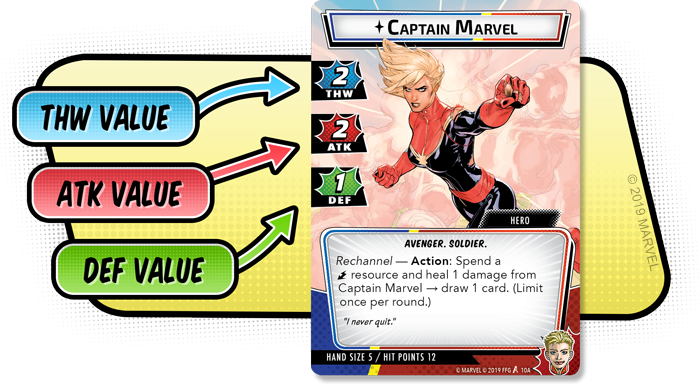
Allies are a crucial part of the gameplay, as they can either attack the villain or thwart their schemes. To attack, players choose an enemy target & deal damage equal to the ally’s attack value, potentially eliminating minions or advancing the villain to their next stage. Thwarting removes threat tokens from schemes, which is essential to prevent the villain from achieving their goals. While side schemes can be discarded once all threat tokens are removed, the villain’s main scheme remains unless specific cards allow it to be removed. Heroes also have actions, including recovery while in alter-ego form or using their attack & thwart abilities in hero form.
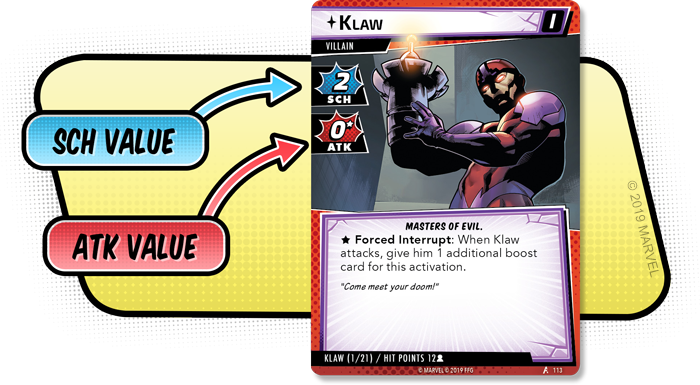
The villain phase follows after all players have taken their turns. First, threat tokens are added to the main scheme based on the number of players. Then, the villain interacts with each player based on their hero or alter-ego status. If in hero form, the villain attacks. Players can choose to defend either with their hero or an ally. A boost card is drawn from the encounter deck to add to the villain’s attack value. If in alter-ego form, the villain instead schemes, adding more threat tokens to their plan. Minions also attack or scheme, depending on their values, but they don’t receive boost cards.
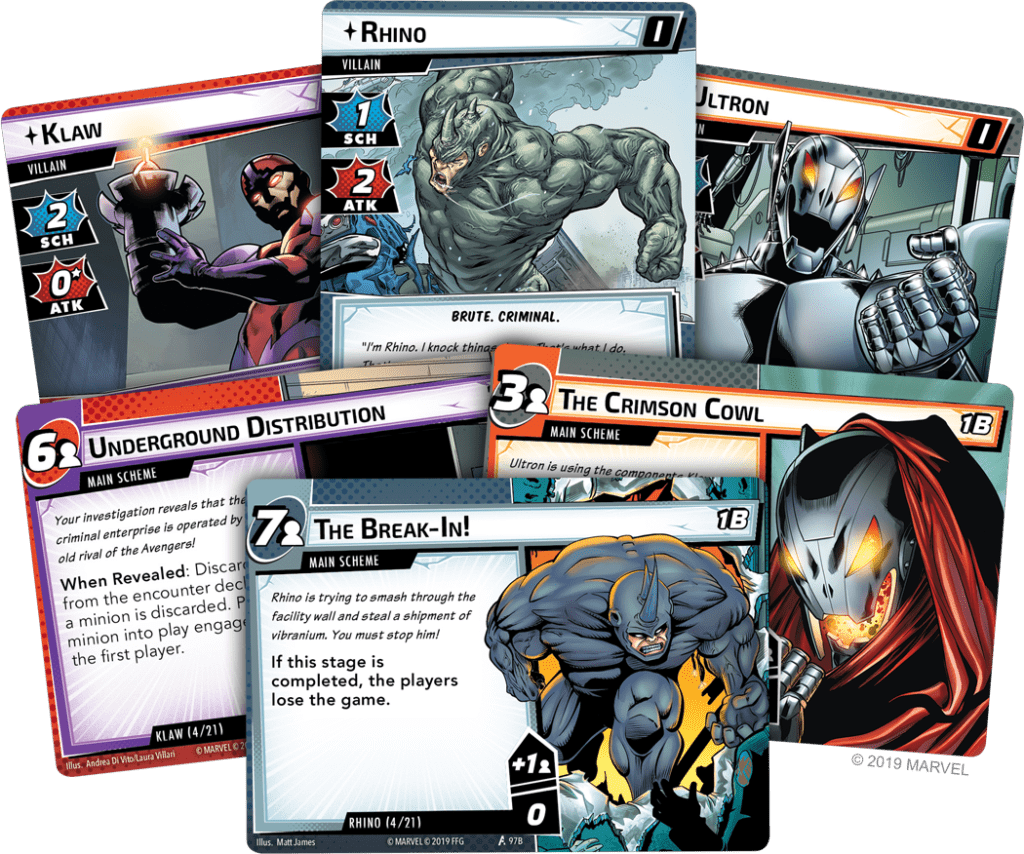
Players also draw encounter cards at the end of the villain phase, which can introduce new threats like minions, side schemes, or cause additional attacks. Heroes have obligation cards specific to their identity that may appear in the encounter deck, forcing players to deal with unique challenges. If a nemesis is called into play, more personal complications arise. If a player’s health reaches zero, they are eliminated from the game, but as long as at least one hero remains, the fight continues.
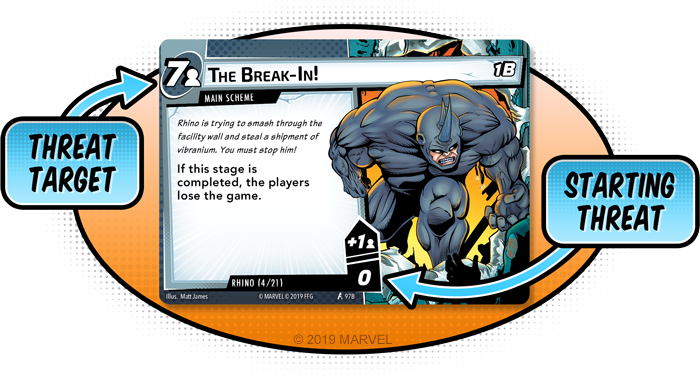
At the end of the villain phase, the first player token rotates, & the next round begins. If a player’s deck runs out of cards, they reshuffle & draw an encounter card. Similarly, when the encounter deck runs out, an acceleration token is added, increasing the threat level. Throughout the game, various keywords like “surge,” “interrupt,” & “response” govern special interactions, & status cards may be applied to heroes or enemies, affecting gameplay.
The game continues with alternating hero & villain phases until either the villain’s final stage is defeated or their final scheme reaches its threat limit, leading to a player victory or defeat. Marvel Champions encourages strategic planning, collaboration, & managing resources to balance attacking, thwarting, & defending against the villain’s ever-escalating schemes. Whether through card synergies, timely use of abilities, or cooperative efforts, players must stay vigilant to keep the villain’s threats under control.
The Components
The production quality in Marvel Champions is fantastic. Each card features stunning artwork that brings the Marvel universe to life, capturing both the heroism of the protagonists & the menacing nature of the villains. The cards feel durable, & the included tokens & counters are of high quality, making gameplay smooth & organized.
The game’s visual presentation is incredibly strong, with classic comic book-style artwork that draws you into the action. You really feel like you’re part of the Marvel universe with every turn you take, whether you’re swinging into action as Spider-Man or launching repulsor blasts as Iron Man.
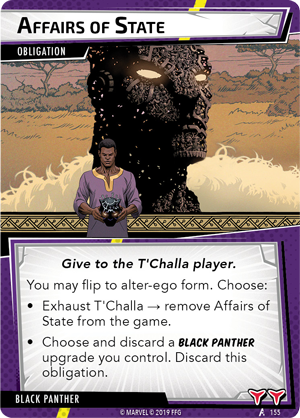
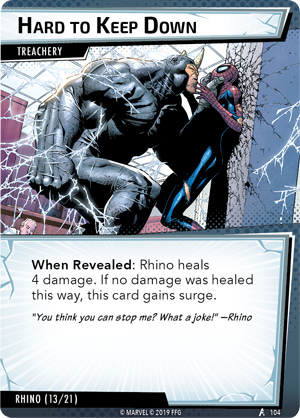
The Good
First off, the game’s accessibility is a big plus. For an LCG, Marvel Champions isn’t bogged down by overly complex rules or mechanics, which makes it easy to jump into. The core mechanics are streamlined, & the turn structure is intuitive, so new players can pick it up without much trouble. Tutorial scenarios guide you through the first few rounds, so you aren’t overwhelmed by the rulebook.
The cooperative nature also stands out. Whether you’re playing with a full team of heroes or solo, the game’s design allows everyone to feel like they’re contributing to the win. Playing solo is just as satisfying as in a group, & the game scales well depending on the number of players. The ability to adjust difficulty based on the villain & encounter deck ensures that everyone, from casual players to hardcore strategists, has a suitable challenge.
The replayability is stellar. With a constantly expanding roster of heroes, villains, & scenarios through the game’s many expansions, there’s always something new to try. This modular design keeps things fresh & ensures that Marvel Champions doesn’t get stale, even after multiple playthroughs.

The Bad
However, not everything about Marvel Champions is perfect. While the game itself is great fun, it does come with a bit of a learning curve, especially for players unfamiliar with deck-building games. Some may find it daunting to manage both hero & alter-ego abilities, along with hand management & strategy all at once. It’s a lot to juggle, & younger or casual players might find themselves overwhelmed by the constant decision-making.
The other potential downside is the inevitable cost if you get hooked. While the core game comes packed with a lot of content, the constant release of new expansions can add up quickly if you’re a completionist. The game can get expensive as you buy additional hero packs, scenario packs, & campaign expansions. That’s not necessarily a bad thing for dedicated fans, but it’s worth noting that Marvel Champions can become a long-term investment.
The Verdict
So, is Marvel Champions: The Card Game worth your time & money? Absolutely—if you love Marvel, cooperative games, & strategic deck-building. The game hits a sweet spot between accessibility & depth, making it enjoyable for both casual players & veteran gamers. The mechanics are smartly designed, offering engaging & satisfying gameplay that keeps you coming back for more.
That said, the game might not be for everyone. If you prefer lighter, faster games, the complexity & constant decision-making might feel like too much. & while the expansions provide endless content, they also come with a price tag that can add up fast. It’s a game you’ll want to commit to, both in terms of time & investment.
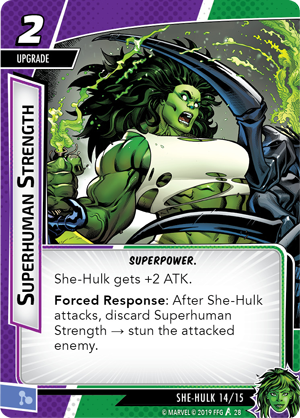
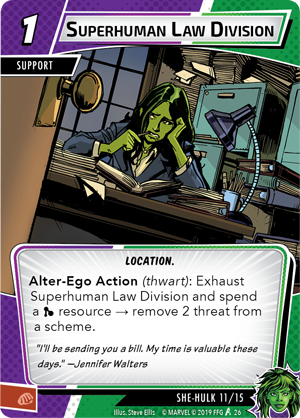
Final Verdict
I can confidently say that Marvel Champions is a ͏winner in my book. If you’re into cooperative superhero card ͏games, this one knocks it out of the park. ͏Whether͏ you’re ͏flying solo or͏ teaming up with friends, the gameplay keeps you on your toes͏,͏ especially with just two players or when handling two heroes solo.
But, fair warning, it’s not a breeze for everyone. Folks who prefer simpler games might feel a͏ ͏bit overwhelmed ͏with all the rules & card abilities flying around. And ͏while it won’t break the bank initially, be prepared for potential extra costs if͏ you get hooked and͏ start eyeing those expansions.
On the bright side, Marvel Champions is a breeze to set ͏up & dive into, perfect for those spur-of-the-moment game nights or ͏family gatherings. Plus͏, ͏it’s kid-friendly with a bit of adult guidance, making it a hit for younger players too͏.͏
What really sets it apart is the thrill of building your hero’s deck & taking on ever-evolvi͏ng villains͏. & the production quality? Top͏-notch. The artwork alone is worth the ͏price of admission, bringing͏ the Marvel universe to vivid life with every card.
All in all, Marvel Champions is a standout in the world of card games. With͏ its mix of accessibility & depth, it’s a hit for players of all stripes. I’ve clocked͏ in over 20 ͏sessions in just a few weeks, & I can’t͏ wait to dive back in. So, grab your cape & get ready for some heroic fun!
Purchase Options

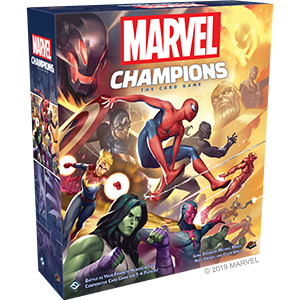
At no extra cost to you, The Board Game Site may receive revenue from affiliate and advertising partnerships for sharing this content and from purchases through links.



